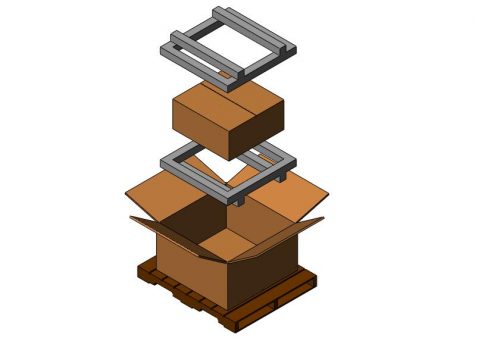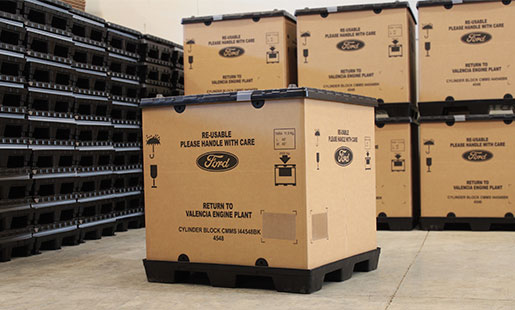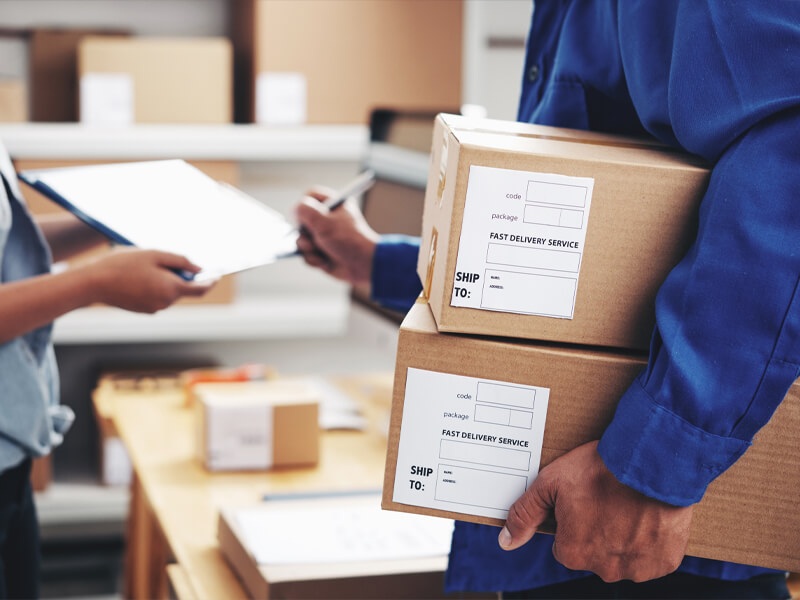Eco-Friendly Practices: Driving Modification with Bulk Container Recycling
Eco-Friendly Practices: Driving Modification with Bulk Container Recycling
Blog Article
Effective Industrial Recycling Solutions for Lasting Product Packaging: A Comprehensive Guide
That's where this extensive overview on effective commercial recycling options for lasting packaging comes in. By checking out key locations such as packaging product choice, developing for recyclability, executing reusing framework, collaborating with reusing partners, and tracking and determining recycling success, this guide will furnish you with the expertise and tools essential to make informed decisions and drive favorable change within your company. Whether you're a product packaging expert, sustainability supervisor, or simply interested in the subject, this overview will give beneficial understandings and approaches to help you navigate the globe of sustainable packaging.
Product Packaging Product Choice
The choice of product packaging materials plays a critical duty in ensuring the sustainability of commercial recycling options. The option of products is crucial in decreasing ecological effect and making the most of recycling effectiveness when it comes to lasting product packaging. Choosing the ideal products can help in reducing waste generation, conserve resources, and promote a round economy.
One crucial variable to consider in product packaging product option is recyclability - bulk container recycling. Products that can be quickly recycled and incorporated back into the production cycle are liked. Materials like cardboard, paper, glass, and particular types of plastics can be reused several times without losing their quality. On the other hand, products that are tough to recycle, such as mixed plastics or non-recyclable composites, can create challenges for the recycling procedure and might wind up in garbage dumps or burners.
One more consideration is using eco-friendly and renewable products. Product packaging made from renewable energies, such as plant-based plastics or biopolymers, can help in reducing dependency on fossil fuels and reduce climate adjustment. Furthermore, eco-friendly products damage down naturally gradually, reducing the accumulation of waste in garbage dumps.
In addition, the weight and volume of product packaging products should be reduced to reduce transportation prices and power consumption. Lightweight products not only need less sources throughout manufacturing however additionally add to lower carbon emissions during transportation.
Designing for Recyclability
Product packaging developers must prioritize the use of products that are widely accepted for reusing and have actually established recycling facilities. Materials such as glass, aluminum, and particular kinds of plastic, like Animal and HDPE, are typically reused and must be liked over materials that are hard or expensive to recycle.
Another critical factor to consider in making for recyclability is the removal of unnecessary components or products. By reducing the variety of layers, coatings, and added elements, product packaging can be made easier and simpler to recycle. Additionally, developers should intend to decrease the use of mixed products, as they can complicate the reusing process.

Implementing Recycling Framework
Efficient execution of recycling infrastructure is essential for the success of commercial recycling options. Without correct framework in area, the recycling process comes to be inadequate and inefficient, impeding the total goal of sustainable packaging.
To apply recycling facilities properly, several essential factors need to be thought about. To start with, there should be a well-organized collection system that facilitates the splitting up and collection of recyclable products. This can include assigned reusing containers in public rooms, in addition to collaborations with waste monitoring companies for curbside pickup and sorting.
Once gathered, the recyclable materials need to be carried to reusing centers in a prompt manner. This needs effective logistics and transport networks, making sure that the products get to the appropriate facilities right away.
At the recycling facilities, advanced sorting and processing modern technologies need to be in location to separate various kinds of materials properly. This consists of using automated sorting equipments, optical scanners, and manual sorting strategies.
In addition, there should be a durable market need for recycled products. This can be accomplished with collaborations with producers and markets that use recycled materials in their manufacturing procedures. Developing a steady market for recycled products incentivizes the reusing market and advertises the circular economic situation.
Teaming Up With Recycling Allies

One secret aspect of teaming up with reusing partners is the facility of clear communication channels. It is necessary to establish open lines of communication to promote the exchange of info, updates, and feedback. This permits both celebrations to stay notified regarding the development of reusing initiatives and resolve any obstacles or concerns that may arise.
Additionally, partnership can involve joint initiatives in creating and executing reusing programs. Reusing partners can supply useful understandings and support in establishing reliable collection systems and determining one of the most proper recycling technologies. By collaborating, organizations and recycling companions can optimize the recycling process and reduce waste.
In addition, partnership can prolong beyond the operational elements of recycling. It can likewise include advocacy and education efforts. By joining pressures, companies and reusing companions can increase understanding about the relevance of reusing and promote the adoption of sustainable product packaging practices amongst consumers and various other stakeholders.
Monitoring and Measuring Recycling Success
To make certain the efficiency of industrial reusing solutions and the achievement of sustainable product packaging goals, it is essential for companies and their reusing partners to establish a thorough system for tracking and gauging recycling success (bulk check my source container recycling). Tracking and measuring recycling success permits companies to evaluate the effect of their recycling efforts, identify areas for renovation, and established purposeful targets for future development
One method to track recycling success is through the use of information collection and evaluation tools. By collecting data on the amount of packaging waste created, the percentage of waste that is reused, and the sorts of products being recycled, businesses can gain useful understandings into their recycling efficiency. This information can then be evaluated to recognize patterns, patterns, and areas of inefficiency.
One more essential aspect of monitoring and measuring recycling success is developing clear and standardized metrics. This allows companies to contrast their performance versus industry benchmarks and track their progression in time. Metrics such as recycling rates, waste diversion prices, and greenhouse gas discharges can provide a quantitative procedure of an organization's recycling success.

Final Thought
In verdict, executing efficient commercial recycling services for lasting product packaging requires mindful factor to consider of packaging product choice, creating for recyclability, implementing recycling facilities, teaming up with recycling companions, and tracking and measuring recycling success. By including these methods, services can add to a much more environmentally-friendly and sustainable strategy to product packaging, decreasing waste and promoting the circular economic situation.
By exploring vital locations such as packaging product selection, designing for recyclability, carrying out reusing framework, collaborating with reusing partners, and tracking and measuring reusing success, this overview will furnish you with the expertise and devices necessary to make enlightened decisions and drive positive change within your company. Product packaging designers should focus on the usage of materials that are widely accepted for recycling have a peek at this site and have established reusing facilities.Cooperation with reusing companions is important for the effective implementation of commercial reusing remedies and the success of lasting packaging goals. By joining pressures, businesses and reusing partners can raise awareness about the relevance of recycling and promote the fostering of lasting packaging here are the findings techniques among customers and other stakeholders.
By accumulating information on the amount of packaging waste generated, the percentage of waste that is recycled, and the types of products being reused, services can get valuable insights right into their reusing performance.
Report this page